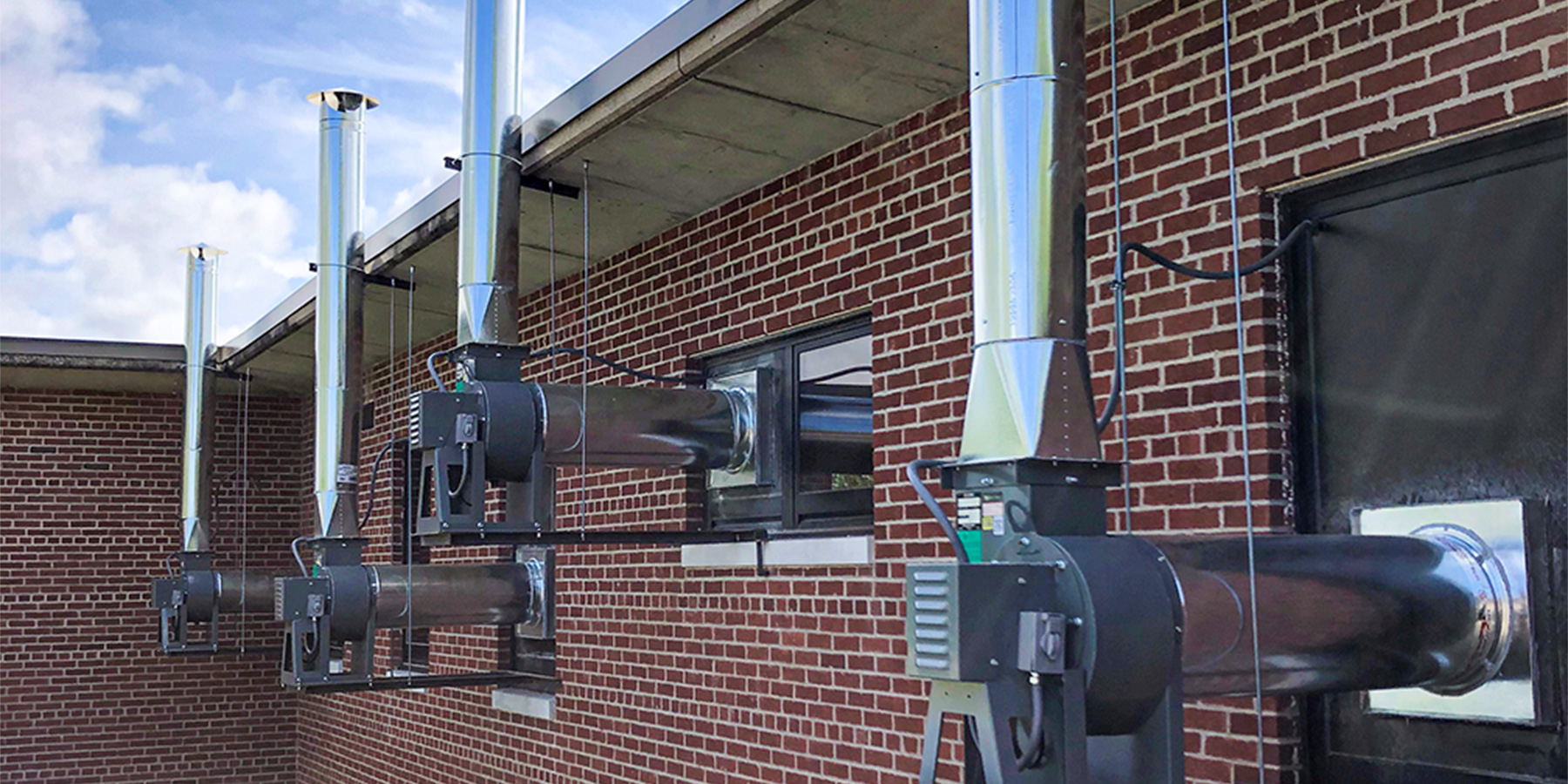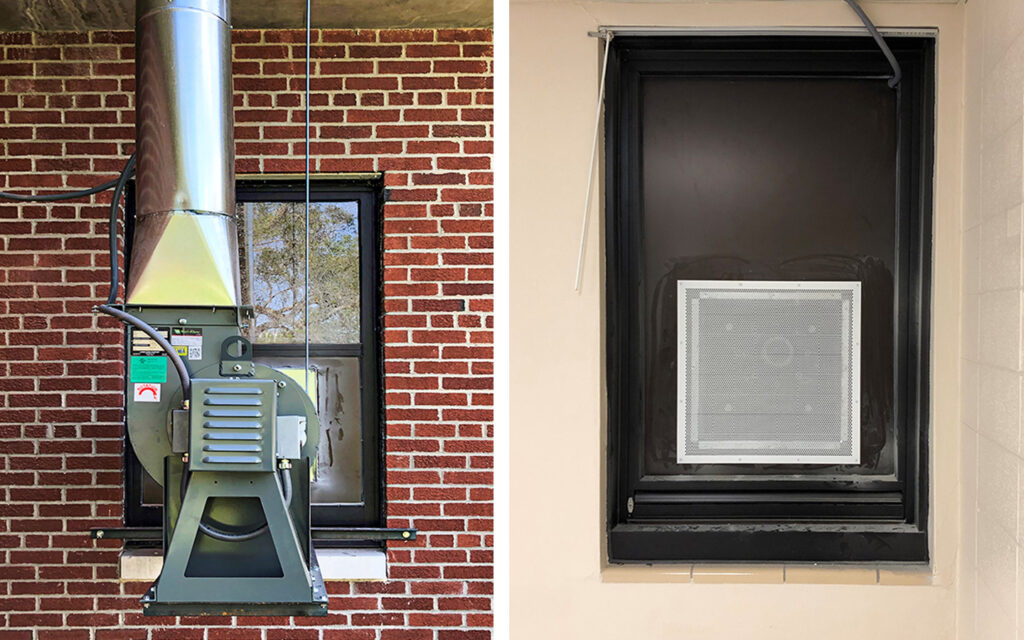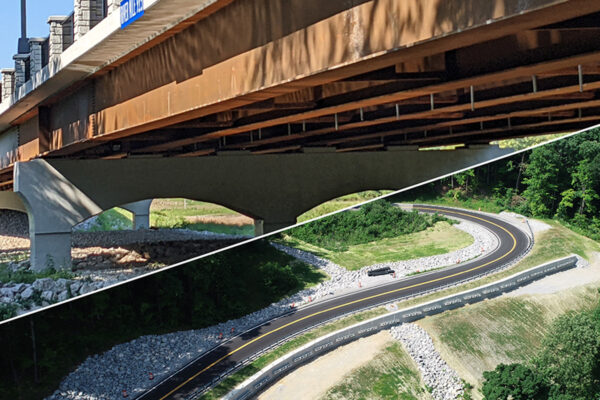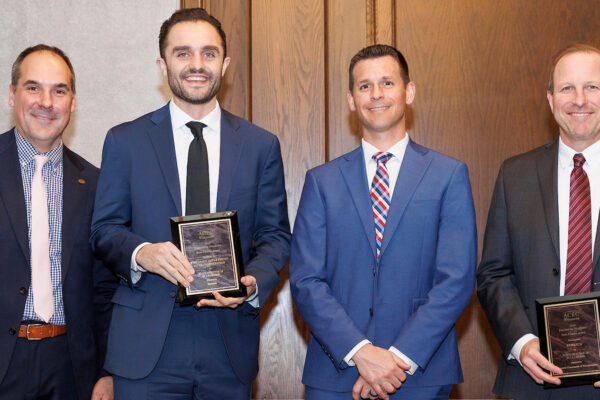Ward Renovations Prepare Kansas Hospital for COVID-19

OSAWATOMIE, KS — Providing adequate treatment facilities continues to be a critical matter in the fight against the novel Coronavirus. This week, the Osawatomie State Hospital will be better prepared to handle the potential for Coronavirus patients thanks to fast-tracked ward renovations. Designed and constructed in less than one month, the hospital’s new airborne infectious isolation rooms create a safer environment for the treatment of COVID-19.
“I was first contacted about this project on Thursday, April 2nd,” said Benesch Project Manager Kirby Demott. “At that time, the idea of building out a dedicated COVID-19 Treatment Ward was being considered by the Kansas Department for Aging and Disability Services (KDADS) and they wanted to get it on my radar.”
By the following Monday, the time for consideration was over. KDADS was calling again—it was time to devise a plan and put it into action quickly. Based on several reported cases at other hospitals in their system, the agency knew the time was right to act in Osawatomie.
“The Osawatomie State Hospital administrators were very proactive in all this,” explained State Hospital Commission Project Manager John Golightley. “They saw the need for an isolation area and responded to an opportunity not only to protect our patients, but also our direct care staff and their families. They knew that a renovated ward would be a major step toward keeping everyone safe.”
The design team assembled on-site to assess the ward and devise a scope of work within 24 hours of the Monday phone call. By Wednesday, April 8th they were back on-site with the contractor to review the plans and start construction.
The hospital faced two major challenges with renovating their existing ward. First, Osawatomie State Hospital is a psychiatric hospital, meaning they are unable to move their current patients to other locations. Second, the project’s success hinged on more than just establishing a designated ward for COVID-19 patients—a key component was implementing a new way to circulate air that would prevent the virus from spreading to other areas via the hospital’s HVAC system.
Benesch’s Mechanical, Electrical and Plumbing (MEP) team was uniquely qualified to tackle this challenge, thanks to their previous knowledge of the facility and their experience designing Airborne Infectious Isolation (AII) rooms.
These rooms capture and remove air that may contain infectious disease without recirculating the air back into a hospital’s HVAC system. For Osawatomie State Hospital, this was achieved by constructing new plenums inside existing windows directly over each bed. Exhaust fans connected to the system can change out air in each patient’s room 12 times per hour.
“The new plenums provide space for each new patient room to have its own air circulation system. The exhaust fans create negative pressure inside each AII room meaning they draw air in but cannot push air back out, except through the designated exhaust system,” Demott pointed out. “We also rebalanced the system to pull in nearly 100% of the air for these wards from outside the building, further limiting exposure to air already circulating in other parts of the hospital.”

Each Airborne Infectious Isolation room is equipped with its own air circulation system in order to minimize exposure to the Coronavirus.
With an anticipated completion date of Friday, May 1, the fast-tracked assignment is looking to be a success for KDADS.
“We’re thankful for the successful collaboration of all involved parties,” said Demott. “From the folks at KDADS that Benesch knows through our on-call contract with the Department, to American Boiler & Mechanical, who we’ve partnered with in the past on a running list of on-going projects.”
“Meeting short deadlines on projects with this kind of urgency is tough,” added Golightley, “but we’ve been very impressed by everyone’s dedication to a high level of craftsmanship and meeting every infection control guideline that will help make the ward function as effectively as possible.”










